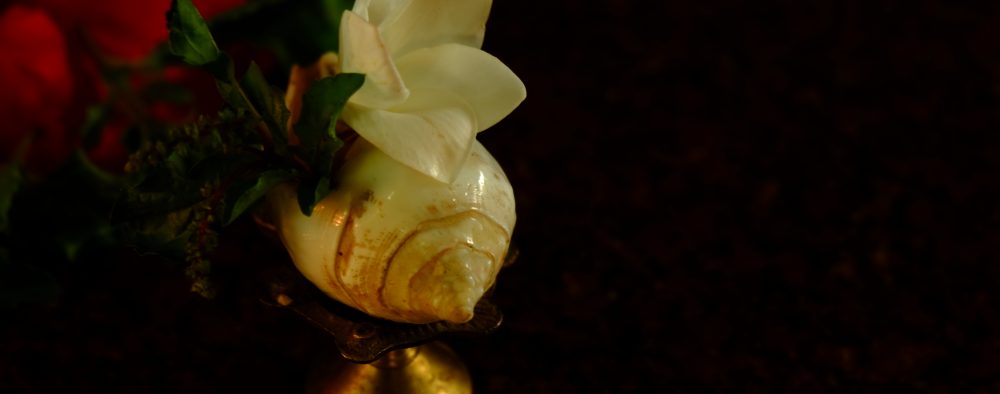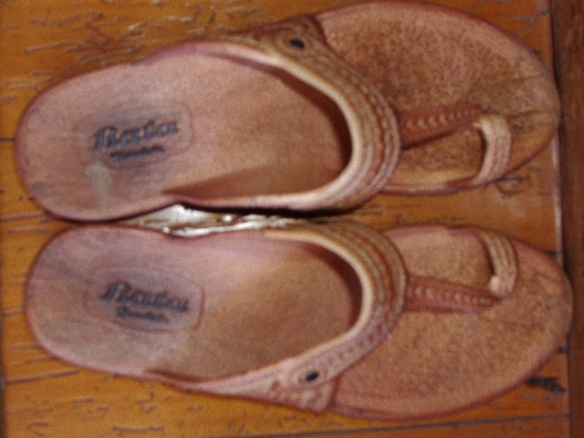Another Lantern Festival comes and goes and New Zealand celebrates Chinese culture in this wonderfully multicultural land. Aren’t we lucky? Just the week before New Zealanders were having a collective seizure over selling the Crafar farms to the Chinese. All is now forgiven in the bonhomie of dragon lanterns and dumplings.
Just the week before, the Labour Party, that party which loves and propagates the presence of ethnics in Aotearoa and vigorously defends our rights for cultural maintenance, suddenly wanted the Crafar Farms to be kept in New Zealand ownership. Then there is the National Party. Prime Minister John Key has said and reiterated that New Zealand will be welcoming more investment from the Chinese. At the same time converting TVNZ7, a truly public television channel, into a shopping channel. Money and investment from the Chinese is desired but that economic benefit does not translate into equity of representation for the ethnic minorities locally, for the rest of the country to know and understand their stories and cultures and to overcome racist attitudes. The hypocrisy on both sides is obvious, their lip service to multiculturalism. You wonder where the xenophobia comes from? Is the fear of foreign (non-white) investment connected or not connected to how ethnic minorities are perceived and treated in Aotearoa New Zealand?
But then we have events like the Lantern Festival (and Diwali) to give us that connection don’t we? That annual gathering, mixing and mingling of mostly local Chinese and mostly mainstream (white/Pakeha) where everyone sees each other, feels good, eats Chinese food, sings karaoke, watches the fireworks, checks out the imported lanterns and goes home. Until next year. If the aim of such an event is to bring in a zillion footfalls and therein be successful then that is fine. Any B grade movie aimed at the lowest common denominator does just that. It is called mindless entertainment.
Imagine this: Within the interiors of a HR department:
Two Pakeha read the top page of resumes and throw them in a rubbish bin.
PERSON A :Wong, Leung, Kwok, Kwon, Yik … no, no, no.
PERSON B : Oh you’ve got Asians in your pile too?
PERSON A : Yeah, seriously…no speak Engrrish … I don’t even bother to read through. PERSON B : I know! I just wish someone worthy applied, makes things easy you know … so what did you do over the weekend?
PERSON A: We went to the Lantern Festival. It was so good. I ate so many dumplings and the lanterns they were amazing.
PERSON B : Weren’t they just? I look forward to the Lantern Festival every year. It is so much fun.
PERSON A : My family just love Chinese food. We go to yum char once a month for sure. PERSON B : I love yum char! Which is your favourite yum char place? FADE OUT.*
Does multiculturalism, as implemented by governments and related organisations, break barriers via events like the Lantern Festival (and Diwali) or perpetuate the other-isation, exotic-isation and ghetto-isation of ethnic minorities? I would argue that in the larger, multicultural context of this nation, an event like the Lantern Festival is aimless. Like giving popcorn and fizzy drinks to malnourished children so as to feed them but it is not the correct food is it?. Do we learn about Chinese people and Chinese culture at the end of it all? Do we know about their (and by extension other ethnic minorities) contribution to Aotearoa New Zealand?
Andrew Butcher of the Asia:NZ Foundation says that ”The immediate stuff in our neighbourhood I think that requires a wee bit more work and a wee bit more adjustment.” (In this article on overseas investment figures.) How much is ‘a wee bit more’? Theoretically, if the festivals organised by the Asia:NZ Foundation were meant to change perceptions about Asians, then, in the last ten years since these events began, New Zealanders would want to know about the dumpling-maker rather than just eat the dumplings ya? Unless of course the idea is to exhibit ethnic minorities as anthropological specimens on an annual basis and feel good about how diverse we are.
So, a wee bit more is actually work on a daily basis with everyday cultural existence and behaviour that is normalised and integrated. Not merely teaching Asia in schools or commissioning research that the media reports and forgets. A wee bit more is about the chaos at grassroots level that grows into a movement for sustained, constant visibility and finally acceptance. A wee bit more is empowering minorities and expanding their thinking not just engaging with community leaders and community elites.
Should white people be in charge of showcasing the ethnic minorities of New Zealand? Or teaching Asians about guanxi and how to be Asian or telling young Asians to go on their OE to Asia? Asia:NZ is white people. (Pardon the English.) Perhaps it is about maintaining colonial, hierarchical power structures to keep ethnics in their place. Is there a wee bit where the ethnics get a say in their representation (minus the dumplings and Bollywood dancing)?
Let us suppose that these festivals are ‘soft power’ projected by New Zealand and packaged with economic incentives for China/India/Asian countries. To attract and persuade them that we are a multicultural nation and we take care of our ethnic minorities. (Look! We celebrate their festivals!) That’s great. We need more trade so why not. Then (a) why fake the concern for the communities and their culture? and (b) if the love for the local ethnics is genuine, is any of that money coming in be going to used to towards creating a robust, egalitarian society that is less racist and not so xenophobic?
Also, for the sake of argument, one can say these festivals are better than nothing. At least we ethnics get a chance to gather and show our culture. Sure. Does that mean (a) we shouldn’t try to improve upon the concept and (b) not question how, our representation, as shaped by white people, remains shallow and superficial? Or how their idea of multiculturalism is about reducing inherent complexities and preserve white supremacy? Where real, existential issues of ethnic minorities are overlooked in the name of cultural maintenance, where the elites from ethnic communities are deemed cultural representatives, where cultural certainty and ‘authenticity’ is the only thing allowed so white people can decide who you are? Multiculturalism which insists on staying static despite changing demographics.
That of course brings up the question of so called community leaders and patriarchs. Who, in most cases, are more interested in photo-ops with the Prime Minister and getting on panels and boards or becoming famous. Maybe these people agreed to the idea of ethnic festivals, to Diwali and the Lantern Festival ten years ago. How about seeking a review? In my experience they would rather be subservient to the government/Asia:NZ as long as their status in the community is maintained.
One way to move is to dismantle the hierarchical structures that insist on representing minorities. Then to rebuild. To separate international trade and business from local celebrations of culture and are yet connected because economic development is common to both. To restructure such as to engage with grassroots, where diversity is not a commodity within the soft power of our nation but a real value, where Asians are in charge of Asian culture, where young Kiwis of Asian origin have a say because this is their future. Asia:NZ is due for a new CEO. Maybe an Asian CEO? Perhaps a complete rehaul?
And for all this ethnic communities have to reflect upon their own place and culture; to break the model minority myth, to build relations with each other even as we work through cultural maintenance and identity, so we have a say in the matters of this nation, to be seen as more than pawns by political parties and the white echelons. Remember what Uncle Bob said? Otherwise,
Most people think, great man will come from Wellington, Make a flash festival and make everybody feel high.…get up stand up…
*sorry for the wrong script format and apologies to my Chinese friends for using their surnames.



 (that only ‘maids’ wear, according to my desi friends), my jandals, warm clothes, summer clothes, swimming togs, ‘brolly and a big bottle of sunscreen. Got the map, lots of cds, cassette tapes, the petrol tank is full, checked the pressure in the tyres, two cameras, mobile phone, charger, batteries, flashcards and water. It is 2.45ish. I am heading to
(that only ‘maids’ wear, according to my desi friends), my jandals, warm clothes, summer clothes, swimming togs, ‘brolly and a big bottle of sunscreen. Got the map, lots of cds, cassette tapes, the petrol tank is full, checked the pressure in the tyres, two cameras, mobile phone, charger, batteries, flashcards and water. It is 2.45ish. I am heading to